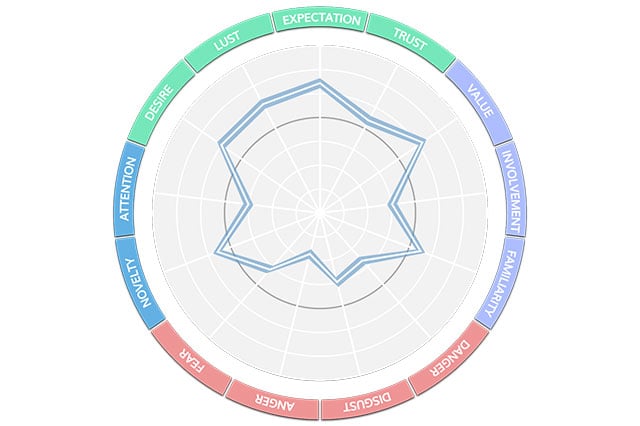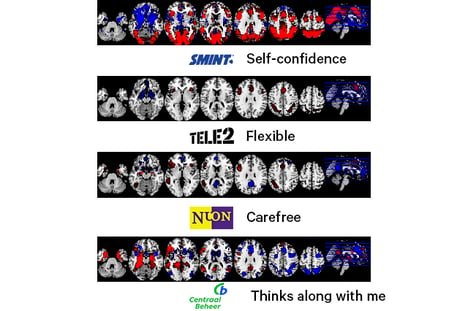Discover how fMRI helped Tele2 (Dutch telecom company)
-
Neuro Ad Testing
How to win an award for effective advertising?
Tele2 wanted to optimize their TV ads to change their brand image. They used Neuro Ad Testing and gained necessary insights. As an added bonus, through optimizing their ads based on our advice, they won the Silver Effie Award: the award for effective campaigns. Go to their case and check it out.
"Through Neuro Ad Testing, we quickly got the insights we needed to optimize our ads. As a result, we were able to successfully change our image in a short period of time. And, the research contributed to a nice reward: the award for effective campaigns 'Effie behavioral campaign short'."
Machiel van de Poll, Senior Customer Insights Manager, Tele2
Get in touch
Andries van der Leij
Head of Research & Development
Do you want to know more about fMRI or other techniques?

Walter Limpens
Senior Client Executive
Do you want to know more about the research possibilities?

Do you want to know more about the neuromarketing techniques we use? Don't hesitate and contact Andries.

Andries van der Leij
Start a project
Want to know what Neurensics can do for you? Don't hesitate and contact Walter.










